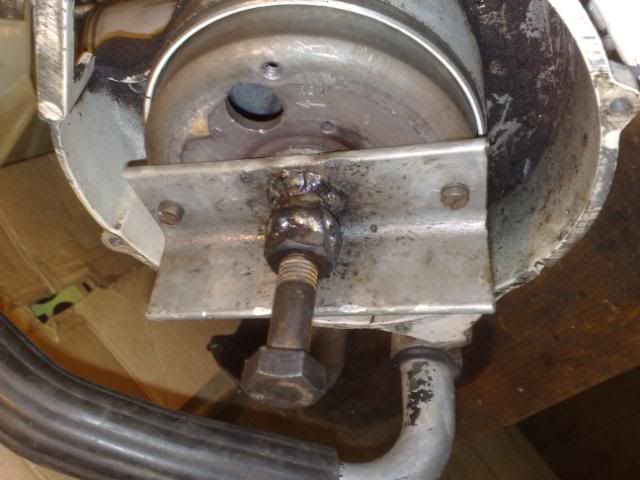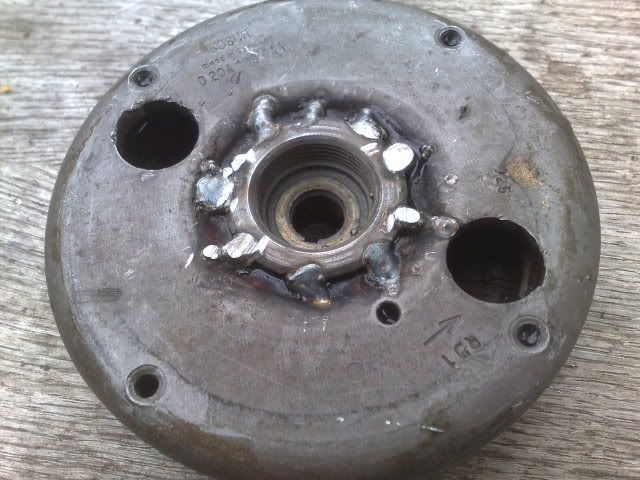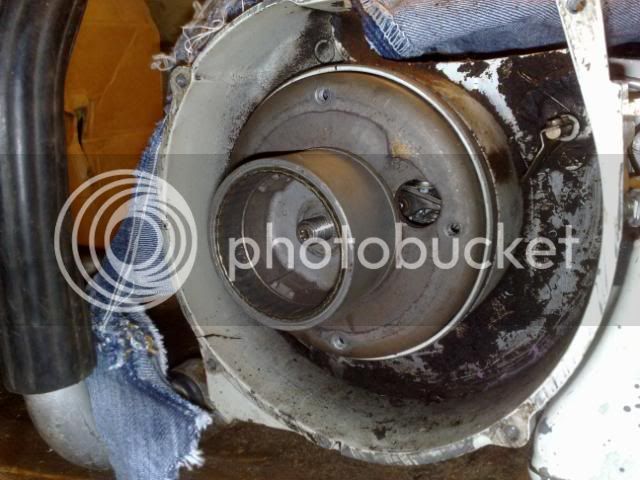harrygrey382
Addicted to ArboristSite
I've started pulling my 070 down now. First thing to tackle was the flywheel - the standard pullar I have (038,056,041 etc.) doesn't fit. Made one up out of some angle iron, tube and a bolt. Worked good.

OK, so here it tunrs bad - the flywheel is rooted. The central spigot that holds it on the crankshaft is loose, meaning variable timing! This means I need a new flywheel. I'm guessing already new OEM is going to be extremely expensive, and heavn't even looked. Baileys has them for $130, but lists 1106 400 1206. My 070,090 and onctra IPLs list only 1106 400 1202. What's the difference? Will a 1206 work with my starter cup and points?
And lastly, most importantly, does anyone know of or have a spare flywheel?!



OK, so here it tunrs bad - the flywheel is rooted. The central spigot that holds it on the crankshaft is loose, meaning variable timing! This means I need a new flywheel. I'm guessing already new OEM is going to be extremely expensive, and heavn't even looked. Baileys has them for $130, but lists 1106 400 1206. My 070,090 and onctra IPLs list only 1106 400 1202. What's the difference? Will a 1206 work with my starter cup and points?
And lastly, most importantly, does anyone know of or have a spare flywheel?!





























































